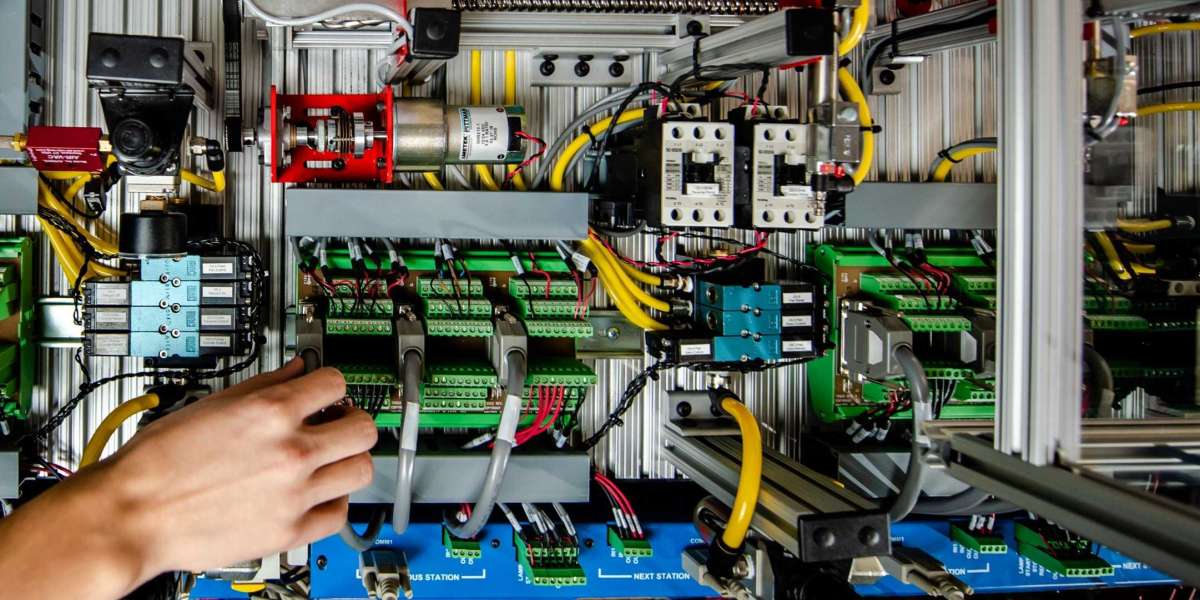Understanding Rapid Infuser
Rapid mixtures are medical devices used to quickly administer large volumes of blood or blood products to patients experiencing severe bleeding. They allow clinicians to significantly increase transfusion rates compared to standard intravenous (IV) administration methods. Rapid mixtures work by using a pump and controlled fluid flow to infuse products like red blood cells, fresh frozen plasma, platelet concentrates, and cryoprecipitate at high flow rates up to 150 mL/min. This rapid delivery is crucial for effectively treating massive hemorrhage when time is critical.
Components of a Rapid Infuser System
Rapid Infuser contain key components that enable their fast transfusion capability. The fluid container holds the blood product bags and is designed not to restrict flow. Blood products are typically connected together in series to be infused simultaneously through a single infusion line. The pump provides calibrated and regulated pressure to propel fluids at preset high flow rates. An infusion line delivers products through an intravenous catheter into the patient's circulatory system. Some models integrate weighting scales to constantly monitor product flow. Built-in safety features like clamps and monitoring alerts help prevent complications. Rapid mixtures are portable and lightweight for use in various clinical settings.
Applications in Trauma and Surgery
Rapid mixtures see their most frequent utilization in emergency departments and trauma resuscitation areas. When trauma patients present with potentially deadly hemorrhagic shock from severe injuries, minutes can make the difference between life and death. Using a rapid mixture allows medical staff to rapidly restore circulating volume through aggressive transfusion therapy in the critical "golden hour" after injury occurs. This improves perfusion and oxygen delivery to vital organs, stabilizing the patient until definitive care can be provided.
Rapid mixtures also provide major benefits in operating rooms and post-anesthesia care units. Massive bleeding is a serious risk and time-sensitive complication of many surgical procedures like cardiovascular, orthopedic, and transplant surgeries. Having immediate access to a rapid mixture nearby allows teams to administer large-volume transfusion far exceeding standard IV rates if hemorrhage occurs. This enables swift reversal of coagulopathy and guides lifesaving interventions to control bleeding.
Advantages over Standard Transfusion Methods
Compared to manually pushing individual blood products through IV lines or using gravity-based infusion sets, rapid mixtures facilitate administering matched blood components up to 10 times faster. This more rapidly restores circulating volume and hemoglobin levels in actively bleeding patients with hemorrhagic shock. Faster transfusion also helps reverse dilutional coagulopathy, the condition where dilution of clotting factors due to blood loss impairs the ability of blood to clot. Being able to simultaneously deliver multiple products through a single line further streamlines resuscitation.
Weighing capabilities let clinicians precisely track fluid administration in real-time. Integrated safety features reduce human error risks. Portability supports rapid mixtures' use in pre-hospital and ambulance settings, as well as hospital locations away from dedicated transfusion areas. Overall, these devices save critical time by dramatically increasing the rate at which blood transfusions can be performed during life-threatening hemorrhage situations.
Education and Standardization
While rapid mixtures provide major clinical advantages, their safe and proper usage still requires specialized training for staff. Operating features and transfusion protocols vary between different rapid mixture models, so thorough education is needed on the specific equipment at each healthcare facility. Standardized rapid mixture programs help ensure consistent performance of high-quality, timely transfusion resuscitation according to best practices. Periodic competency evaluations confirm proficiency, and realistic simulations reinforce skills and multidisciplinary communication in emergency scenarios.
Proper equipment maintenance and quality assurance checks also aid rapid mixture safety. Strict temperature monitoring helps prevent unnecessary wastage of blood products. Regular device servicing ensures optimized functioning when lives depend on rapid transfusion capabilities. Overall, ongoing education paired with standardized programs and quality control measures help maximize rapid mixtures' life-saving potential while minimizing risks.
rapid mixtures have become indispensable medical devices for managing severe, potentially fatal hemorrhage. By significantly increasing blood transfusion administration rates compared to standard methods, they improve hemodynamic stabilization and outcomes in trauma, surgery, and other bleeding emergencies. Ongoing training and quality control validate staff competency to safely perform rapid, aggressive resuscitation in time-critical situations according to best practices. As treatment protocols continue evolving alongside technological advancements, rapid mixtures will likely remain an integral part of effective hemorrhage management strategies.
View More Insight @ Rapid Infuser Market
About Author:
Money Singh is a seasoned content writer with over four years of experience in the market research sector. Her expertise spans various industries, including food and beverages, biotechnology, chemical and materials, defense and aerospace, consumer goods, etc. (https://www.linkedin.com/in/money-singh-590844163)














